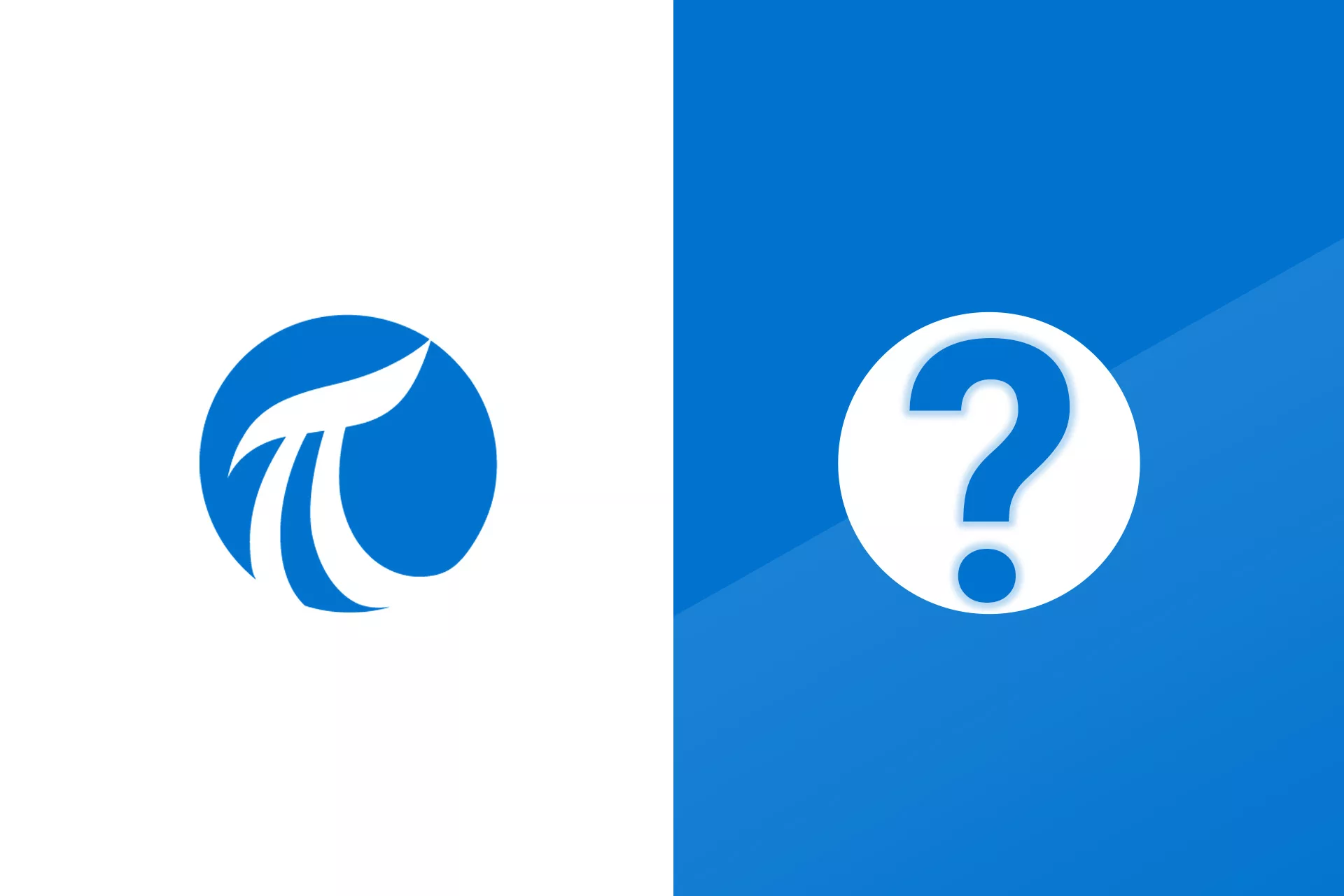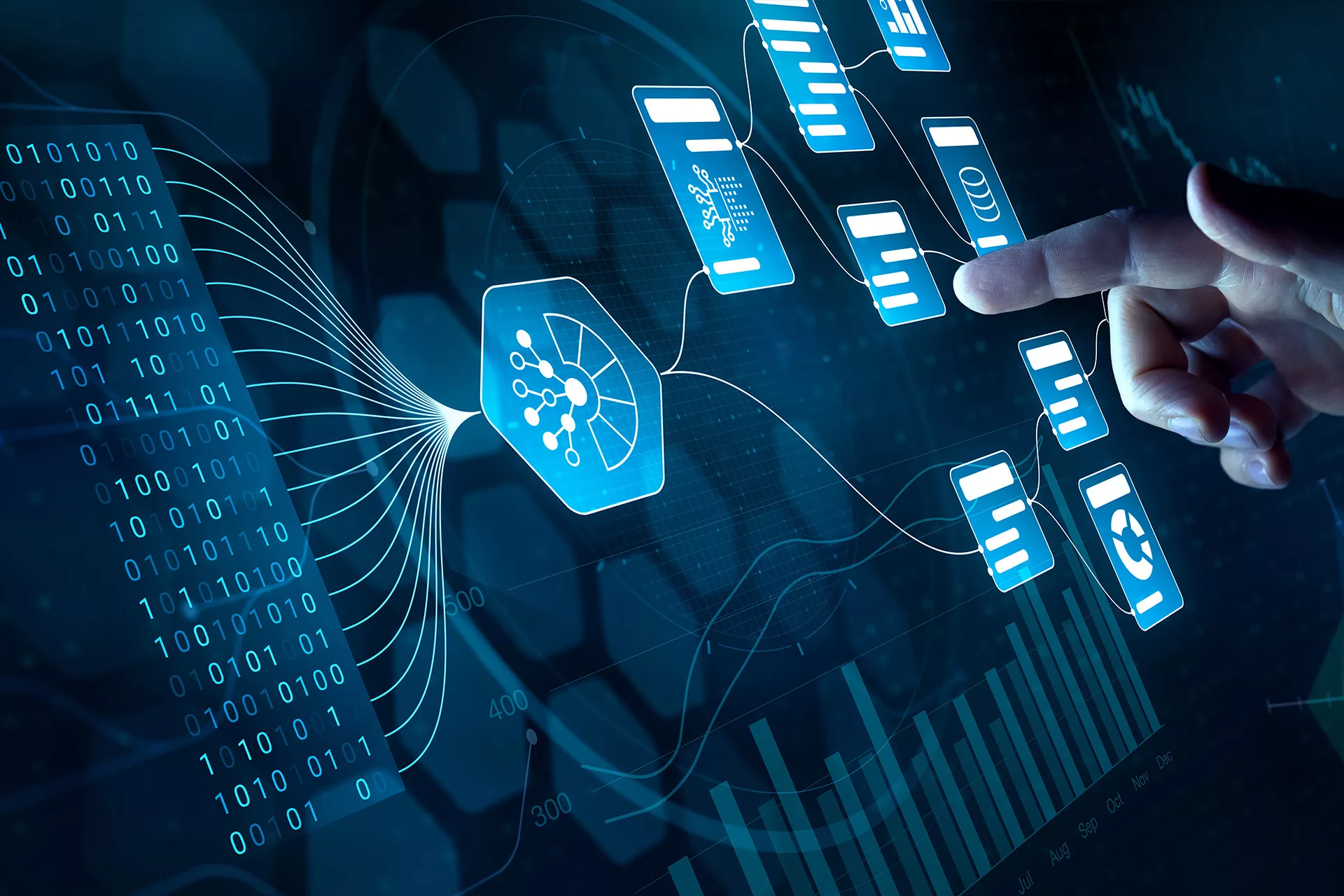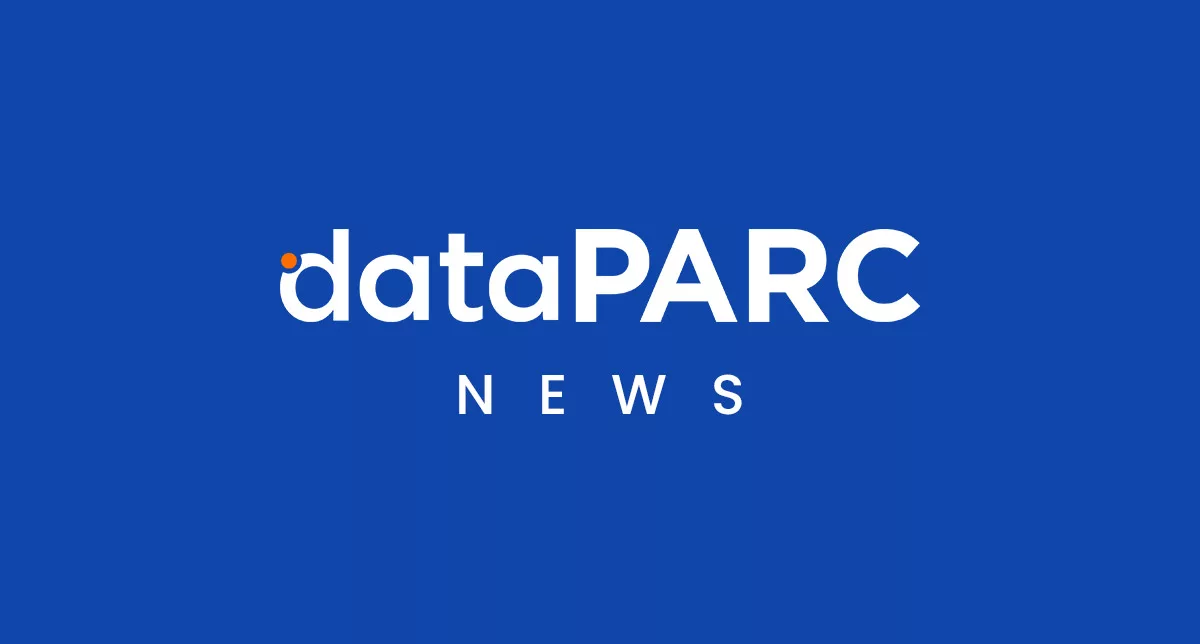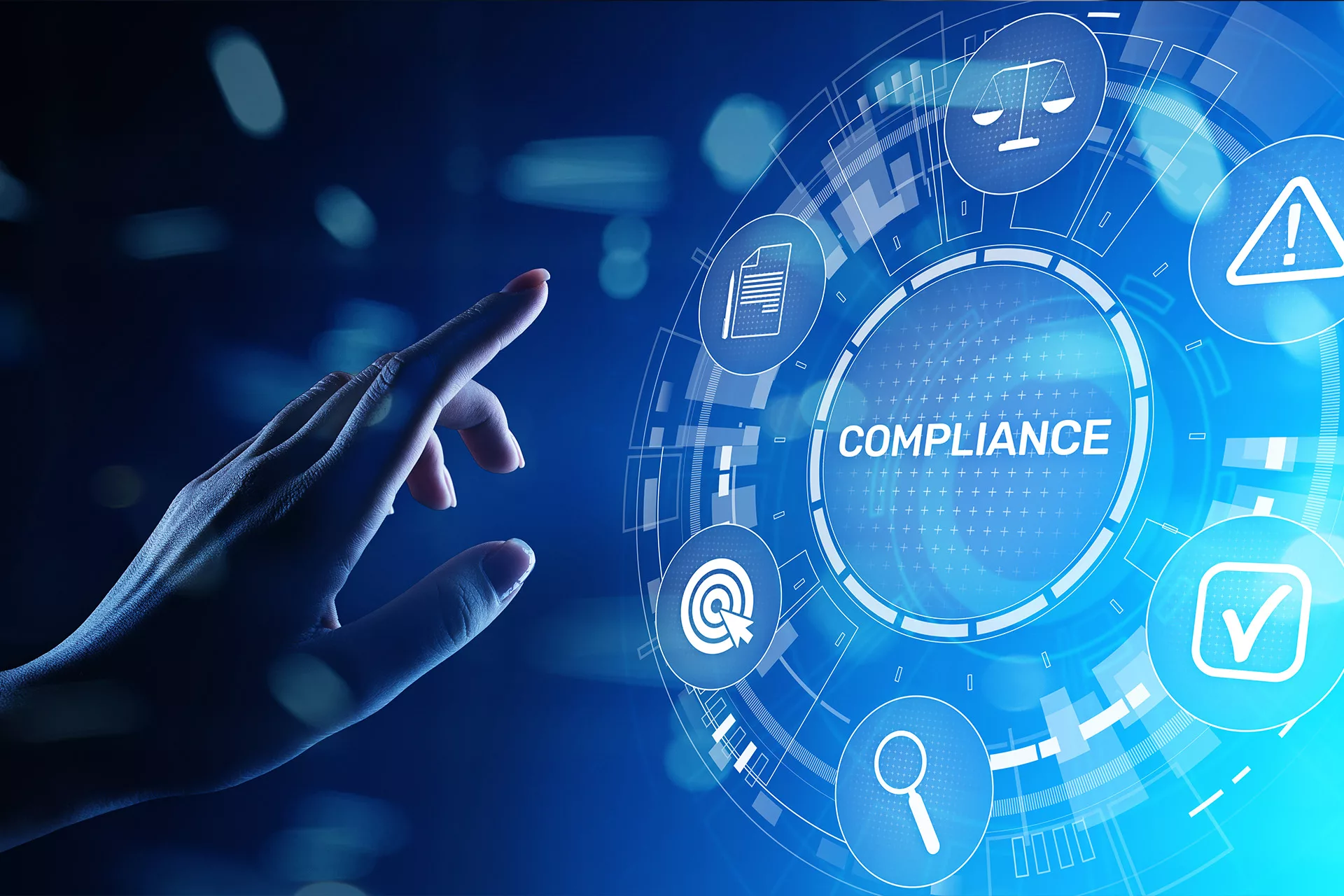Historian packages were originally intended to be a support tool for operating personnel. Current and historical data was constantly displayed on a dedicated screen next to the primary control screens, and users were intended to interact with it at that location more or less continuously. As the data historian became a one-stop source for all types of data throughout a facility, it became a tool that could benefit supervisory and management personnel as well. This led to the development of a variety of remote notification and reporting tools to meet the somewhat different needs of these individuals.
DataPARC Reporting
DataPARC is one of the leading data historian and analysis software packages available to process industries. DataPARC has a variety of mechanisms for relaying information to remote users of the system in order to keep them in contact with the process. At the most basic level, the system can be configured to email one or more people based on a single tag going beyond a set limit. A separate notification can also be sent at the time an operator enters a reason for the excursion, and also when the variable returns to a value within the limit.
At the next level of complexity, the system can populate and send an entire report, based on an event or a preset time schedule. Reports can be as simple as a snapshot showing the current values of a few KPIs, or as complex as a multipage report containing tables, process graphics, charts and trends. DataPARC has a built-in, flexible and easy to use application for developing report templates. DataPARC also offers an add-in which allows data to be shown within Excel. For people who are proficient with the tools within Excel, this is another avenue for creating reports. Reports created in Excel can be viewed natively in Excel or exported as .pdf or .html files for viewing on a wide range of platforms. Production, raw material consumption and environmental compliance can all be easily tracked by periodic reporting, and any deviations can be quickly spotted and rectified. Receiving a daily report just before a morning meeting provides a quick way to avoid unpleasant surprises at the meeting.
PARCmobile is the most flexible remote-user experience. PARCmobile gives you continuously updated data and access to most of the features and all of the data within dataPARC, all delivered on a mobile device. Live trends and graphics make it possible to take the next step, beyond a single number or notification, and perform a wide ranging investigation of any process irregularities.
Generate The Best Reports Possible Using These Guidelines:
Different people have different methods of working. Not all reporting needs are the same. A process engineer troubleshooting a particular problem will want more granular, higher frequency reports focused on a particular area, at least for the duration of the issue, than an area manager who is monitoring multiple processes to make sure that they are generally on track. Nonetheless, here are some guidelines that will apply to most remote users most of the time:
- Minimize the number of notifications that you receive, and choose them wisely. If you receive an email for every minor process excursion, their importance will diminish and you are liable to not notice or respond to an important notification. Focus on watching only crucial KPIs.
- Reports should be simple. The primary purpose of mobile notification is to be alerted to new or potential problems, not to find causes or solve those problems based on the report.
- Export reports in pdf format. This is a standard format which offers easy scalability and works well on virtually all software and hardware platforms.
- Use the group function to notify everyone who might be affected by a process excursion. For example, if high torque in a clarifier is detected due to high solids coming in from a process sewer, all areas which are serviced by that sewer should be notified. Doing this will hopefully result in the problem being solved more quickly, as each area checks on their contribution simultaneously, rather than each area looking in sequence, only after each downstream contributor reports their results.
- Incorporate dead banding and/or delay into your notifications. Again, this depends on your job role, but for most remote users of data, unless an excursion presents a safety hazard or compliance issue, you don’t need to know about it immediately. Minor excursions can resolve themselves or be handled by frontline operators. Delaying notifications helps to minimize their numbers by filtering out the minor issues from the major ones.
Whichever historian you use, using the built-in notification and reporting functions will increase its effectiveness by engaging a wider range of users. Having more eyes and brains monitoring a process will hopefully lead to problems being addressed more effectively and keep the process running more profitably.







